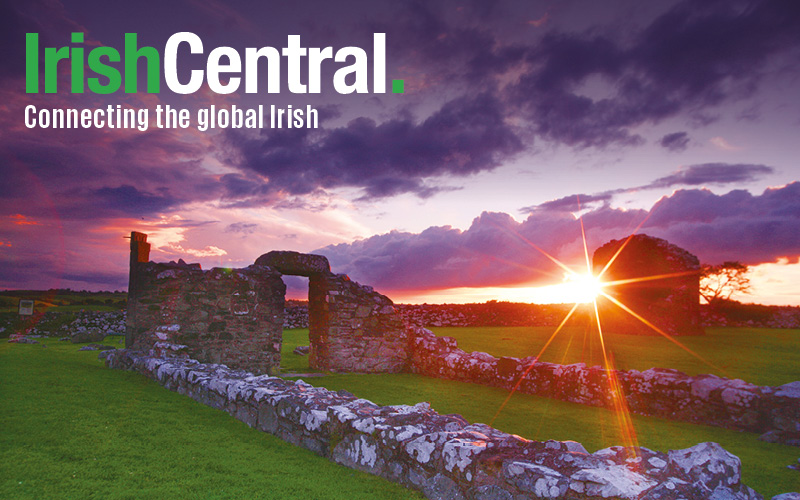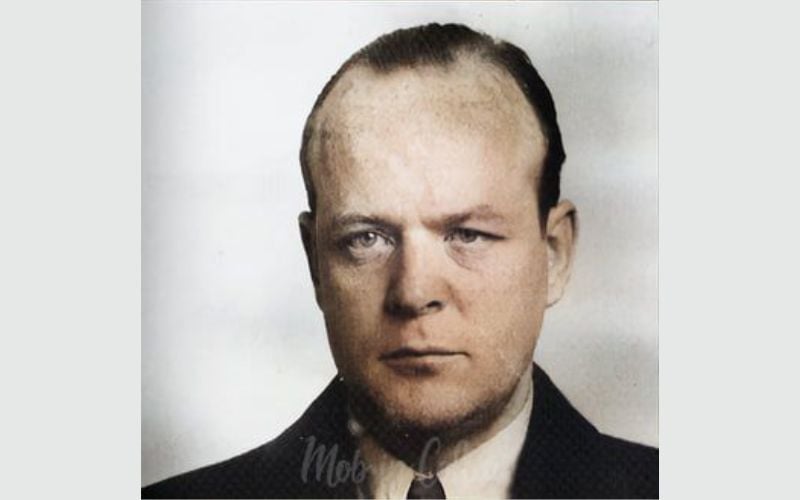The humpty graveyard surrounding Kilbawn Chapel is exactly like thousands of graveyards in rural Ireland.
I was at an old concertina player's funeral there last week, and my view on old country graveyards like this one was acutely refreshed by the chilled wind from the east, by everything I saw and heard, by the entire context as the small hoarse chapel bell in the butty belfry rang requiem for another old parishioner.
Tommy was the last of his family, very old, and his quiet journey had run its natural course so there was no profound grief around his narrow yellow clay grave away out in the far corner of the graveyard under the tall whispering evergreens.
He died in the hospital. He had not played the concertina at all for the past three or four years.
He was never more than average at the music anyway. He was never one of the legends.
The closest relatives present were a couple of middle-aged nephews, a niece down from Dublin and maybe 15 or 20 distant cousins. His small holding and the house across the road from the chapel will go to the nephews and the niece. It is not worth much.
Tommy worked for the county council on the roads all his life. He would have left behind about enough money to cover the funeral expenses I attended because he was a great friend of my brother Cathal over many years, and Cathal could not make it.
A man who recognized me because I do this kind of work was standing beside me near the grave at the end. I did not know him from Adam.
He was a farmer for sure, maybe in his late seventies, and a man of wise words. When we were picking our way back over the mounds to the avenue leading up to the chapel door he said quietly to me that it was only parishioners of his generation who realized that we had just buried the most important man in the whole parish when we buried Tommy.
And I, of course, had to ask him how was that.
"Tommy has brought the map of the graveyard away with him," is what he said.
And, being a countryman who came from a parish and chapel and graveyard exactly like Kilbawn I knew immediately what he meant. If you were born in rural Ireland you know too.
If you were not I had better explain, and then you will see how Tommy indeed was so important in Kilbawn parish.
You see, if you look at an old country cemetery like that, and I looked very closely indeed after what the wise man said, it is really a microcosmic couple of acres for the community that reluctantly feeds it and eventually fills it.
And the castes and classes of the parishioners and their clergy are written all across its face in gray lichened stones. And the big farmers and the doctors' families and the teachers and vets all own the plots right next to the chapel avenue so that you don't have to walk through wet grass to say a graveside prayer for them.
And there are big old tall headstones over them all. The oldest names are almost eroded in a way that hallmarks the families' high local reputations, the new names are written in gold letters, the plot covered with white marble chips, always well tended.
And along the whole long length of Kilbawn Chapel, on the other side of the avenue, there are nine austerely identical Celtic Crosses marking the graves of the old canons of the last couple of centuries. That is standard practice too.
The Celtic Crosses are so close to the chapel wall they seem to be peering in through the stained glass windows. There is room in the line for three more canons.
Behind the big farmers' plots are the marked graves of the tradesmen and the carpenters and the plasterers and bricklayers and electricians. Their plots are marked by far more expensive headstones of imported marbles, often black marble from Africa, still somehow far less dignified than the stones of the old established families of the land.
And behind that belt of stones of the tradesman class, with rare isolated exceptions, often just simple little white wooden crosses bearing just one or two names, are the unmarked mounds of the landless laborers, of the parish transients, of the men and women of straw, of the servants who worked in the Big Houses that are always nearby who had no real roots in the parish.
The old families that have died out altogether over the years to the hoarse mourning of that chapel bell.
And it was the unwritten map of those families and exactly where they lie beneath no stones or marks which Tommy brought away to heaven with him. The wise man told me that for many years the canons had relied on Tommy to identify the resting places of such families so that the last survivor could be properly laid down to rest with his own.
And Tommy was infallible on the subject. He remembered them all and knew exactly where the graves should be cut in the yellow clay.
And the wise man told me that Tommy told himself last year where he was to lie with his father and mother and sister that died as a girl in the Big Flu.
And he was lying behind us as we talked there between the Cartys and the IRA man who is in the parish folklore. In the twenties this one was found dead in the far corner under the trees.
He had been shot through the body and died hard and slow. There was a revolver on him. The people quietly buried him where they found him, and there was never a mark put on the grave, but everybody still knows about it, and the schoolchildren make the November visits there to say a decade for him that the Lord will release him from purgatory.
And the map inside Tommy's head carried a thousand reference marks and stories like that. That is what the wise man told me. That is what I would know anyway.
There is a Tommy like that in every country parish, and they are needed because, while the prime plots of the big families are always known, the more ancient mounds of the poor and the landless and the dispossessed are often unmapped and never were.
I thought about all that on my way home. And I thought too, with some satisfaction, that I had almost certainly been talking to Tommy's successor in Rathbawn.
Another man with a map inside his wise old head.




Comments